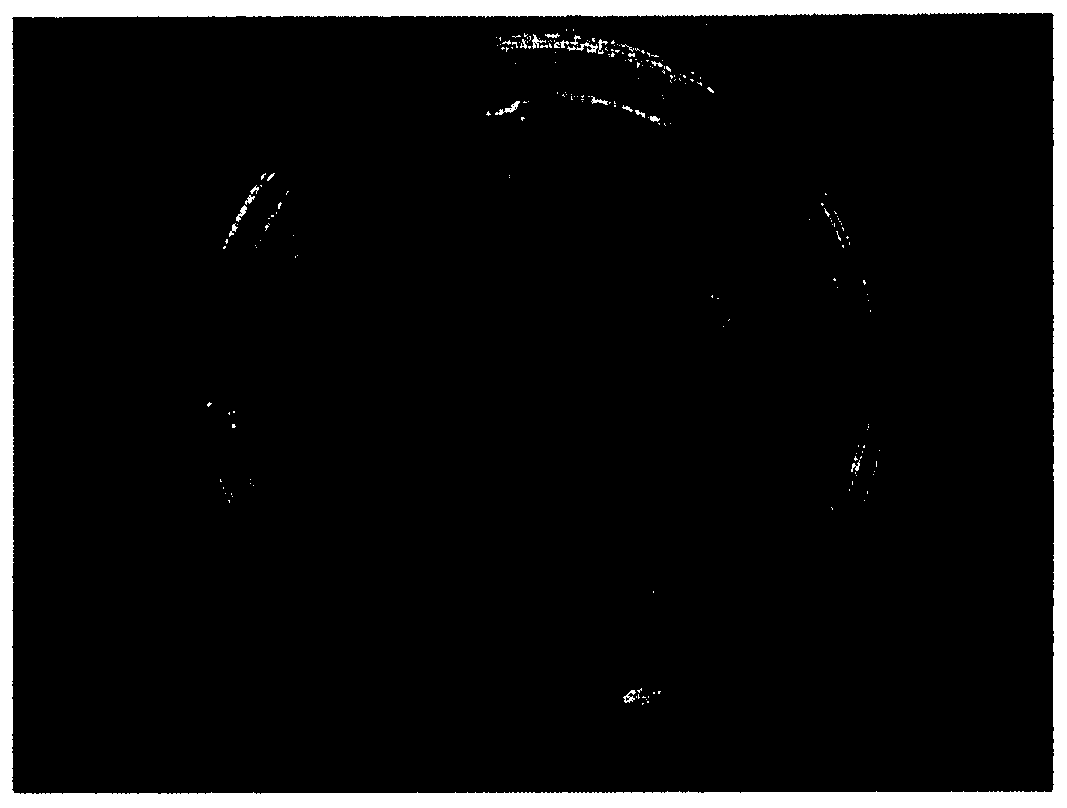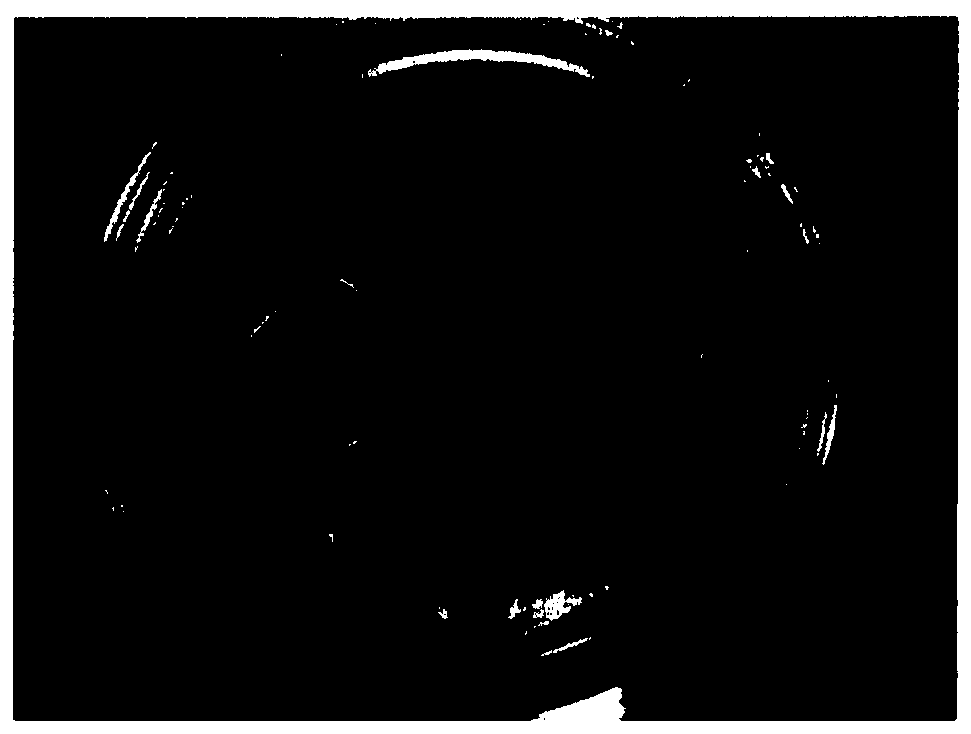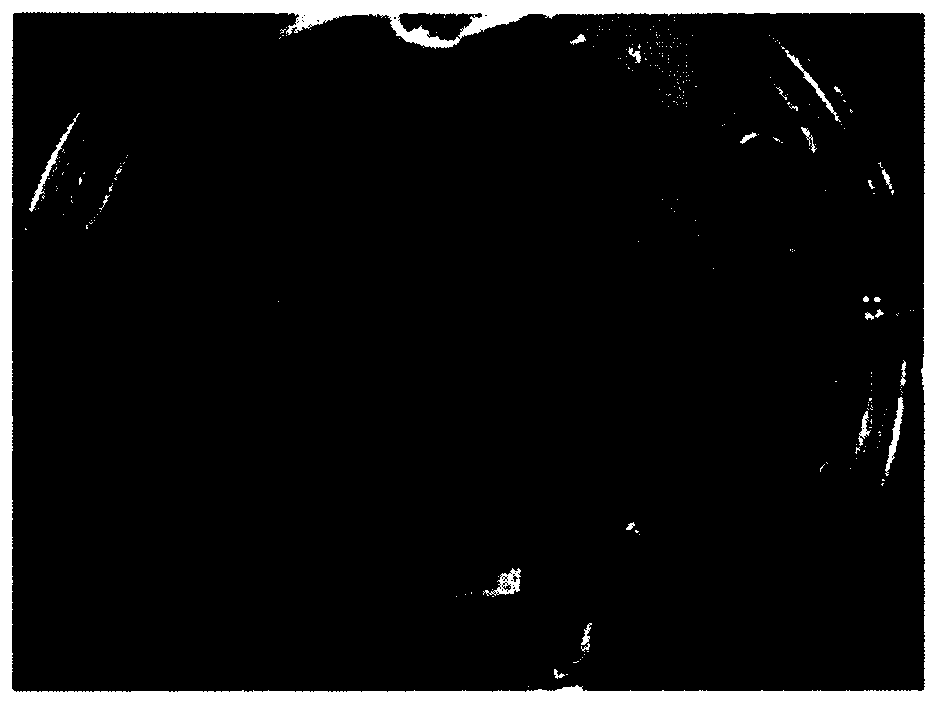Hemostatic material and wound dressing material containing same
A technology for hemostatic materials and wound dressings, applied in the field of hemostatic materials and wound dressings, can solve problems such as the production of dioxins, and achieve the effect of promoting healing and high safety.
- Summary
- Abstract
- Description
- Claims
- Application Information
AI Technical Summary
Problems solved by technology
Method used
Image
Examples
Synthetic example 1
[0047] Synthesis of Chloro-2-Hydroxy-3-Trimethylaminopropyl Cellulose
[0048] To a solution obtained by dissolving cellulose (1.0 g) in 20 mL of 1N aqueous sodium hydroxide solution, 3-chloro-2-hydroxypropyltrimethylammonium chloride (2.3 g) was added as a cationizing agent, and the Stirring was carried out at ~50°C. The resulting solution was neutralized with 4N acetic acid, and then separated through a dialysis membrane with distilled water. The resulting solution was freeze-dried to obtain the target product.
Synthetic example 2
[0050] Synthesis of Chlorinated-6-Hydroxyethyl-(2-Hydroxy-3-trimethylaminopropyl) Cellulose
[0051] Hydroxyethylcellulose was synthesized by reacting cellulose (2.0 g) with ethylene oxide under known conditions. To a solution obtained by dissolving the obtained hydroxyethyl cellulose in 20 mL of 1N aqueous sodium hydroxide solution, add glycidyltrimethylammonium chloride (4.5 g) as a cationizing agent, and stir at 30 to 50°C . The resulting solution was neutralized with 4N acetic acid, and then separated through a dialysis membrane with distilled water. The resulting solution was freeze-dried to obtain the target product.
[0052] Cationized cellulose having different types of substituents can be synthesized by the same method as in the above-mentioned synthesis examples. As for the solvent and the like to be used, alcohols such as methanol and ethanol, acetonitrile and the like may be added depending on the solubility of the substrate. The equivalent of the cationizing a...
PUM
 Login to View More
Login to View More Abstract
Description
Claims
Application Information
 Login to View More
Login to View More - R&D
- Intellectual Property
- Life Sciences
- Materials
- Tech Scout
- Unparalleled Data Quality
- Higher Quality Content
- 60% Fewer Hallucinations
Browse by: Latest US Patents, China's latest patents, Technical Efficacy Thesaurus, Application Domain, Technology Topic, Popular Technical Reports.
© 2025 PatSnap. All rights reserved.Legal|Privacy policy|Modern Slavery Act Transparency Statement|Sitemap|About US| Contact US: help@patsnap.com



